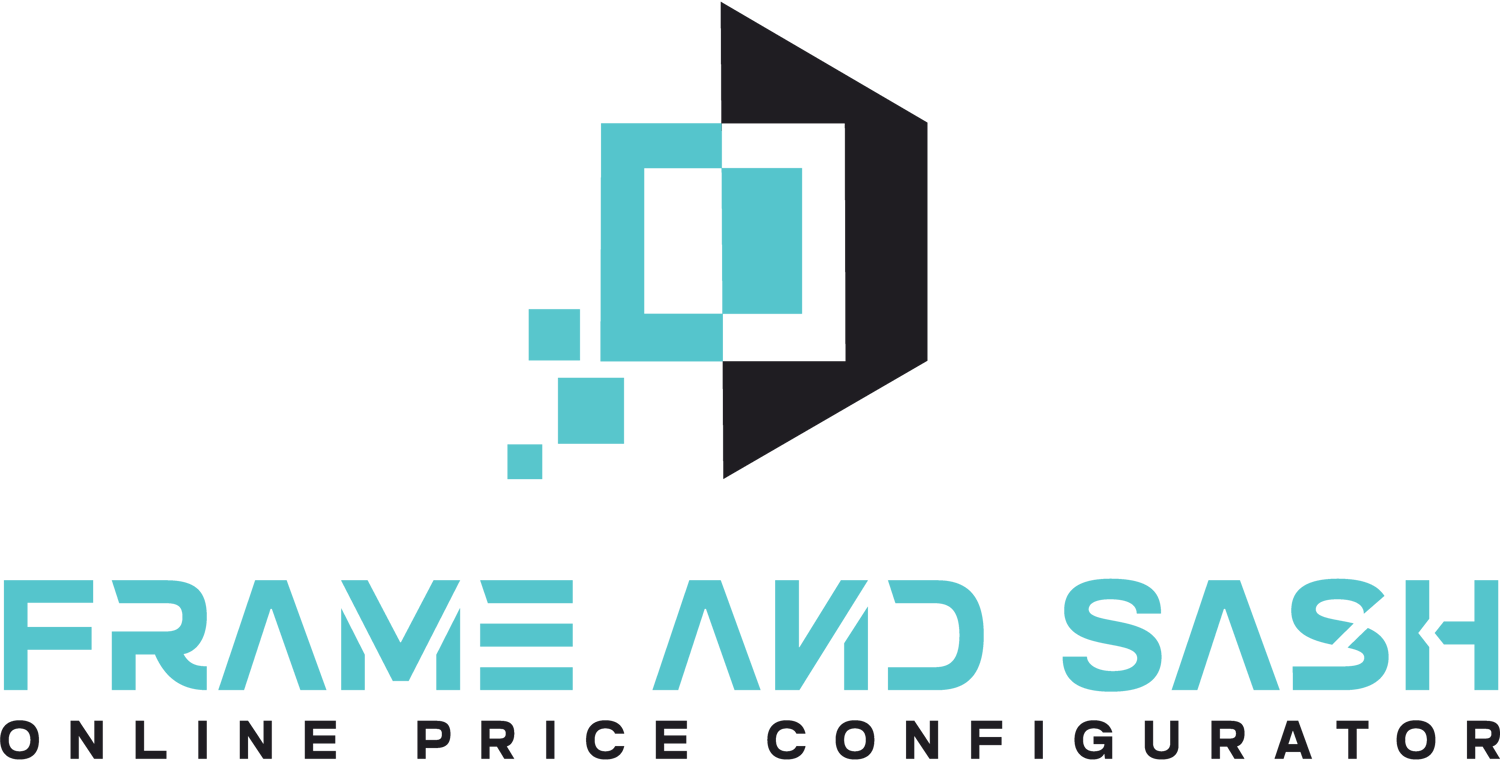A recent five-year analysis of the glazing market shows significant changes, offering a fresh perspective on the current market dynamics. Published on April 7, 2025, the 2024 Business Pilot Barometers report highlights a continued slowdown in the home improvement sector, with leads, sales, and installation registrations all showing year-on-year declines. However, a deeper dive into the data reveals key shifts in consumer behavior and demand patterns that could hold the key to future growth.
Market Slowdown: A Reflection of Post-Covid Normalization
Between 2019 and 2024, Business Pilot’s data revealed a 16% drop in average sales and a 22% reduction in leads, signaling a market that’s slowing down. A decrease in consumer interest is also reflected in a 5% decline in Google searches for glazing-related terms during this period.
While these numbers might raise concerns, Elton Boocock, MD of Business Pilot, suggests that this downturn is more about a post-Covid normalization than a complete market failure. According to Boocock, the shift is driven by a more considered purchasing process, with homeowners taking longer to make decisions, gathering more information, and shopping around before committing.
Higher-Value Projects on the Rise
Despite the overall market contraction, a surprising trend has emerged: higher-value projects are becoming more common. Business Pilot’s data shows an 84.5% increase in average order value, indicating that while fewer people are undertaking renovations, those who do are opting for premium products and long-term value.
This trend is particularly evident in product choices. While PVC-U windows remain the most popular, they are more vulnerable to economic fluctuations. In contrast, timber and aluminium products, although with longer lead times and lower conversion rates, continue to attract a dedicated customer base.
Consumers are no longer simply looking for the cheapest option—they want value. As Boocock puts it, “Consumers today want value, not just the lowest price. They’re choosing higher-quality products that offer better energy efficiency and durability.”
Economic Pressures and Operational Efficiency
While the demand for higher-quality products is evident, rising costs remain a significant challenge for the industry. Inflation, material costs, and increases in National Insurance Contributions (NICs) are eroding installer margins. In fact, the additional NIC burden could cost businesses up to £2,000 per employee per year, making it harder to maintain profitability.
To mitigate these pressures, operational efficiency has become essential. Tools like Business Pilot help companies streamline processes and reduce administrative overhead. Features such as automated FENSA registrations, integrated payment processing, and real-time performance tracking allow businesses to operate more effectively without increasing costs.
Boocock emphasizes, “Margins are under pressure, and businesses need to adapt. That’s where tools like Business Pilot come in. We help companies work smarter by automating routine tasks, improving cash flow with faster payments, and providing real-time insights into business performance.”
A Potential Resurgence in 2025
Looking ahead, 2025 is expected to see a potential resurgence in home improvement projects. Research by Häfele shows that 46% of homeowners plan to undertake renovation projects, with 13% looking to upgrade their windows and 15% considering new doors. The Business Pilot Barometers also indicate signs of renewed consumer interest, with a 116% increase in leads in January 2025, following a surge after the New Year.
However, with economic uncertainty still looming, success in this evolving market will depend on how well businesses position themselves to capitalize on this renewed demand. Installers who can align their sales strategies with consumer priorities—focusing on premium products, energy efficiency, and customer education—will be best positioned to thrive.
Conclusion: The Market is Evolving, Not Failing
As Boocock concludes, “The market isn’t dead—it’s evolving. There’s still demand, but businesses need to be smarter about how they approach it. Those who focus on efficiency, high-value sales, and customer-driven strategies will come out ahead, regardless of broader economic challenges.”
In summary, while the glazing market has faced challenges over the last five years, there’s still plenty of opportunity for those who are ready to adapt. By focusing on premium offerings, embracing efficiency, and staying connected to evolving consumer trends, installers can position themselves for growth in the years to come.


